The Central Bank of Russia (CBR) has started testing the digital ruble in the real world with consumers from August 15.
The test comes as the ruble is at its lowest level against the dollar since March 2022 – weeks after Moscow launched its military operation in Ukraine.
Clear goals
While the idea of creating a digital ruble has been floating around for the past few years, the process of realizing the idea only really gained momentum after Western sanctions prevented Russia from participating in the global banking system.
Moscow's goal is clear: Make its financial system more resilient and minimize the impact of international restrictions.
“It will improve Russia's ability to evade Western sanctions,” said Mikkel Morch, founder of cryptocurrency investment fund ARK36.
According to Mr. Morch, this move would allow Russia to avoid banks where they face restrictions, and blockchain technology is not vulnerable to sanctions and is much harder to attack.
Most Russian banks have been banned from participating in the main system used for international transactions, forcing Moscow to find other ways to “de-dollarize”.
The creation of digital currencies is “part of a geopolitical war between pro-dollar countries and anti-dollar countries,” with the latter group trying to eliminate the greenback in transactions, Mr. Morch said.
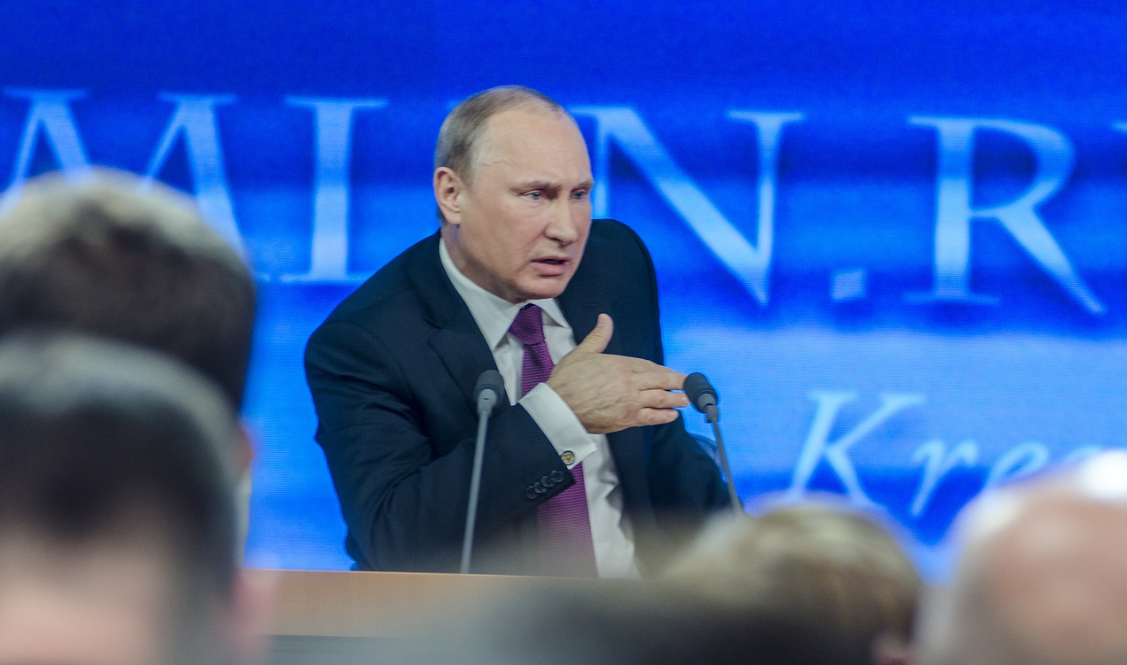
Russian President Vladimir Putin signed the digital ruble law in July 2023, ushering in a new era for the country’s financial landscape: the era of the digital ruble. The legalization of the digital ruble represents a turning point in Russia’s financial strategy, as the law allows the Central Bank of Russia (CBR) to manage digital ruble accounts, positioning the currency alongside existing payment methods. Photo: Techopedia
More than half of the world's central banks are considering or developing digital currencies, according to the International Monetary Fund (IMF).
At least 20 countries are running pilot programs, including India, Japan and China, with the project in the world's No. 2 economy being tested with 260 million people and in areas including public transport and e-commerce, a study published by the Atlantic Council showed.
While cryptocurrencies like Bitcoin use decentralized payment systems that are independent of governments, Central Bank Digital Currencies (CBDCs) are different: They are issued, controlled, and guaranteed by the Central Bank of a country or territory.
In theory, CBDC creates a new digital mechanism to solve the real-time transfer of money between two parties and facilitate cross-border transactions, eliminating the current role of commercial banks as payment intermediaries, thereby increasing payment efficiency and reducing transaction costs. But skeptics warn that it raises privacy concerns and security risks from cyber attacks.
Efforts to “not be left behind”
In Russia, President Vladimir Putin signed into law the digital ruble in July, and the Central Bank of Russia (CBR) CBDC has begun testing with 13 banks and a limited group of their clients.
“Pilot participants will be able to pay with digital rubles at 30 retail stores in 11 Russian cities, including the capital Moscow,” the CBR said in a statement on August 9.
The first testing phases will focus on digital wallets, money transfers between citizens, purchasing goods and services using QR codes and simple automated payments, according to CBR.
By the end of this year, the list of pilot participants will be expanded to include both citizens and businesses. And starting in 2025, citizens and businesses in Russia will be able to use the digital ruble on demand.
However, Russians appear to be unconvinced by the idea of using a digital ruble in everyday life, with many cautious about its efficiency and safety, AFP news agency reported.
AFP cited the results of a survey by the All-Russian Public Opinion Research Center (VCIOM) as saying that about 6/10 Russians have a "mere understanding" of the government's goals and are not ready to use this new currency.
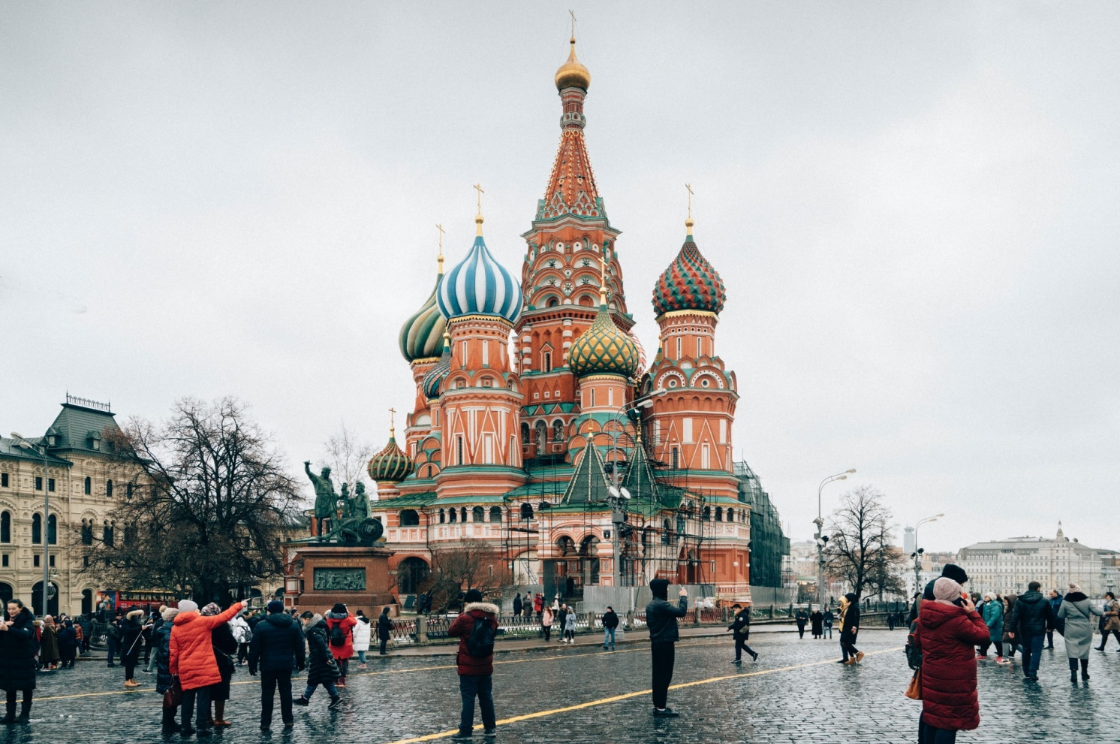
Russia is piloting payments in digital rubles at 30 retail stores in 11 cities, including the capital Moscow. Photo: Tech Times
Economist Sofia Donets, chief economist at Renaissance Capital (headquartered in Russia), said ordinary Russians and companies are unlikely to feel many changes in their daily lives and business operations during the testing period.
But regardless, Moscow is trying “not to fall behind in the global financial landscape,” Ms. Donets said.
To convince the cautious, Russian authorities pledged that the use of the digital ruble would be voluntary, arguing that the new currency would make life easier and more convenient for Russians.
It would give parents more control over how their children spend their pocket money, said Anatoly Aksakov, a senior lawmaker in Russia's State Duma (lower house).
“For example, when you give your child money and say that it can only be used to buy breakfast or textbooks, the child will not be able to use it to buy anything else,” Mr. Aksakov told state media .
Minh Duc (According to Digital Journal, CoinDesk, Bloomberg)
Source










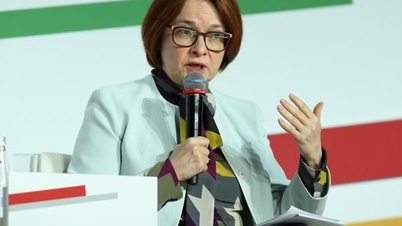
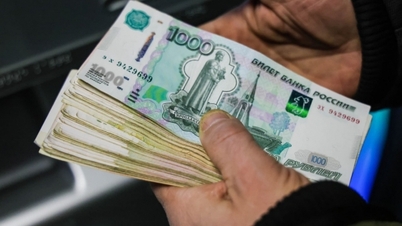




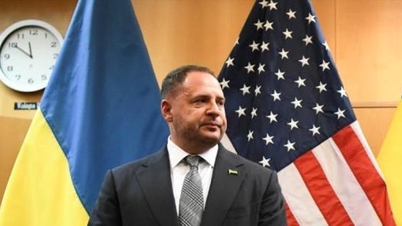























































































Comment (0)